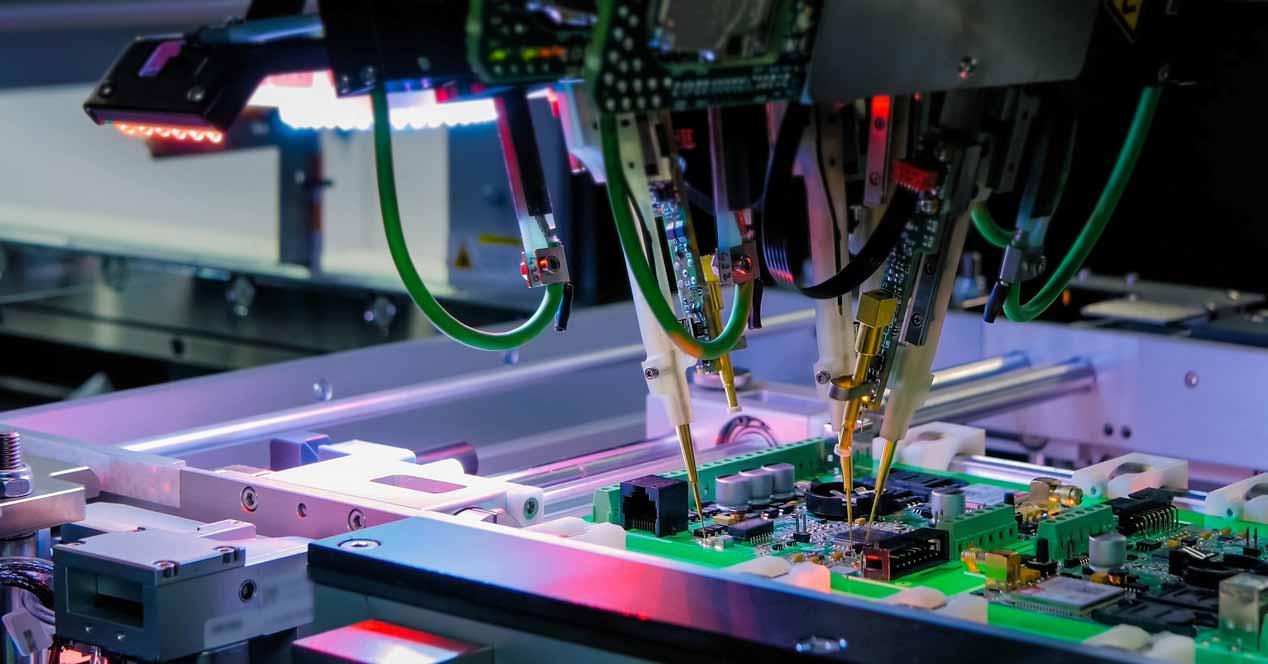We always talk about the sharpest, the TOP in the world of hardware and with that we get the wrong idea that these chips dominate the world and… It’s not really like that, at least to a large extent. The industry sees such high volume and variety that these processors and graphics chips are just a tiny piece of the pie, while the big one is playing in another league with other conditions and that is precisely the problem.
Auxiliary semiconductors and their importance
Forget your CPU or GPU die(s), forget your mobile’s SoC, and look around to see what’s nearby. What we will see are the so-called auxiliary chips or auxiliary semiconductors
Well, according to the latest report from Susquehannafirm of financial analysts specializing in the giants of the semiconductor industry and their distributors, it is specified that after two months of improvement in delivery times the average value has now increased two days in this last month.
In other words, what has been gained over time so far has been lost and we return to a negative balance for the industry. What happened to take us back in time?
A series of unprecedented disasters
The truth is that in 2022 there were a series of unusual conditions at the same time that we all know about. Firstly, the earthquake in Japan which left so many disasters in its wake, secondly, the war in Ukraine with all that we have seen since it began, and thirdly, the two blockades and closures of China in because of the pandemic and the energy crisis. .
To be specific, the company claims that in the fall of 2020, the delivery time of auxiliary semiconductors was 13.6 weeks, while in March this year it rose to no less than 26.6 weeks. These figures are the highest on record since this data was taken into account, but the data continues with examples like those of Broadcomwho had to increase delivery times for 30 weeks.
The good news is that the electronics industry has not been so affected, since a slight reduction in waiting times is announced for passive components such as capacitors, resistors or high-efficiency SMDs.
On the other side of the coin, there are components that are directly out of stock, which is bringing the semiconductor industry to the brink of collapse in some key market components, as it is estimated that some Microcontroller units have lead times of up to 50 weeks, or nearly a year behind if ordered today.
Therefore, even if the high-performance chip supply chain is reducing its lead times, increasing the cadence of auxiliary semiconductors will not help end the nightmare crisis in which we find ourselves. In addition, in some specific sectors, there are on the verge of collapse literally for not being able to manufacture components in their entirety.
An example is the automotive industry, where many come without the electronics they should have so new owners can enjoy the vehicle without waiting, later and when the systems are ready, install them afterwards.









